Nov. 27, 2013
Children’s Book Art Auction
Categories:
News
Earlier this year we did a special series of blog posts in support of Banned Books Week. From now until December 2 you have a unique opportunity not only to support the freedom to read, but also to score some great holiday gifts in the form of original artwork by children’s book illustrators! The American Booksellers Foundation for Free Expression ... Read More
